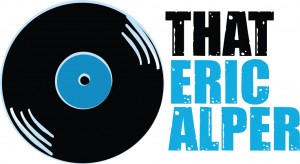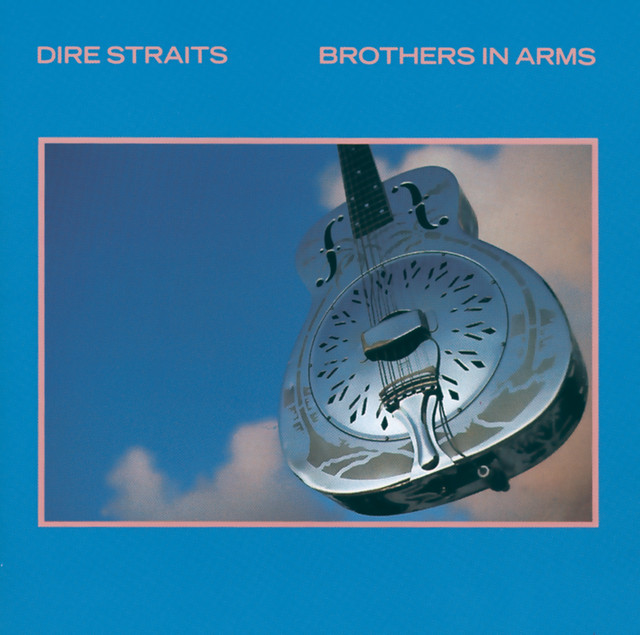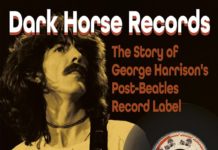Before Brothers in Arms, CDs were a novelty, Montserrat was just a speck on the map, and music videos were mostly mime and fog machines. But in 1985, Dire Straits took a leap so bold it changed the way records were made, heard, and sold. Brothers in Arms didn’t just top charts — it revolutionized them, dominated them, then digitized them. It’s an album that fused world-class musicianship, cutting-edge technology, and a war-haunted soul. But even with 30 million copies sold, there are still stories you probably haven’t heard. Until now.
1. The First Million-Seller in CD Format Wasn’t Phil Collins or U2 — It Was These Guys
Yes, Brothers in Arms was the CD that changed the game. It was the first album in history to sell over one million copies on compact disc, and it outsold its own vinyl counterpart. Why? Because it was recorded for CD. Knopfler wanted sound fidelity that matched his guitar’s whispery bite and massive solos — and producer Neil Dorfsman delivered, using a Sony 24-track digital tape machine. Most bands were still analog purists. Dire Straits were already in the digital age.
2. That “Money for Nothing” Guitar Sound? A Total Fluke.
Knopfler wanted the ZZ Top tone. He got something entirely different — and iconic — thanks to sheer accident. While mic’ing his Gibson Les Paul through a Laney amp, engineer Neil Dorfsman walked away before finishing setup. One mic was aimed at the floor, one wasn’t even near the speaker. But when they hit record, the sound was magic. That now-legendary intro wasn’t EQ’d, filtered, or fiddled with. It just was. It’s what happens when perfectionists let chaos in for a night.
3. “Walk of Life” Was Nearly Left Off the Album — Then Became a Monster Hit
Yes, the song with the happiest riff in Dire Straits’ catalog almost didn’t make the cut. Knopfler wanted it as a B-side. But manager Ed Bicknell heard the final mix, marched into the control room and vetoed the idea. Released as a single, it hit #2 in the UK and became their last top-10 US hit. The entire intro — that synth-meets-rockabilly bounce — became instant shorthand for joy. It’s the sound of a subway busker, a jukebox in a chip shop, a smile you didn’t expect.
4. Omar Hakim Saved the Sessions in 48 Hours
Original drummer Terry Williams was let go mid-recording — and jazz-fusion legend Omar Hakim was flown in to Montserrat. He re-recorded nearly the entire album’s drum parts in just two days. That’s not a typo. Two days. Hakim was on his way to another session but left behind the crisp, digital precision that Brothers in Arms demanded. Williams was still credited and appears in all the videos and on tour — but Hakim is the ghost in the machine.
5. The Title Track Was Born in War, Revered in Peace
Written during the 1982 Falklands War, “Brothers in Arms” was Knopfler’s meditation on the futility of conflict. It was a protest, an elegy. In 2007, he recorded a new version at Abbey Road to raise funds for British veterans still living with the consequences. The song has since become a staple at military funerals and remembrance events around the world. Proof that a guitar solo can echo longer than gunfire, and lyrics can hold grief without losing grace.
Brothers in Arms was a prophecy. It saw the rise of the CD, predicted the MTV era, and dared to question war while everyone else was just trying to sell stadium tickets. It’s a soft-spoken giant of an album, a digital age dagger sheathed in leather and resonance. Some albums are built to shake radios. This one was built to last forever — and we’re still listening.







